Stefan Weitz, senior director of search at Microsoft, is a techno-enthusiast, who champions future innovations. In this educational overview, he sketches the history of search technology and explains some of the influences currently shaping search. Weitz adds a dose of realism by dedicating two chapters to the factors that work against the development of wonderful new search technologies. getAbstract recommends his informative exploration of search to investors, educators, entrepreneurs and anyone interested in cyberculture, e-commerce or big data.
The Search Bridge
Machines outperform people many ways. They calculate faster, analyze patterns better, communicate more quickly, store immense amounts of data and maintain attention without fatigue. Human beings excel at learning in new situations, learning without guidelines, learning for its own sake, dealing with the physical world and handling emotional interactions. People need a “hinge” to link their best attributes with machines’ best qualities. That hinge is search.
When the World Wide Web debuted, it was “a way to publish and link hypertext documents using a browser.” This document-based structure – appropriate for the technology of its time – tried to catalog the web like a barebones version of the Dewey Decimal System. It functioned as a hierarchical index that searched for broad categories. An index works well for a single book, but not for a library with books of all types and quality. To deal with this issue, Sergey Brin and Larry Page developed Google’s algorithm, which weights the results of a query by relevance.
As microprocessors become smaller and cheaper and sensors become more flexible and ubiquitous, many more sources contribute to search...
Stefan Weitz is senior director of search at Microsoft, serves on the GenCon Board for Conservation International, and is active in Endeavor Global, a nonprofit helping potent start-ups in developing markets.










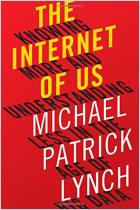
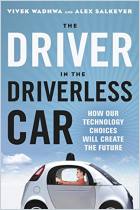
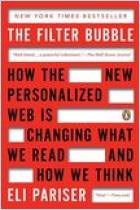
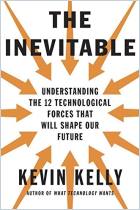
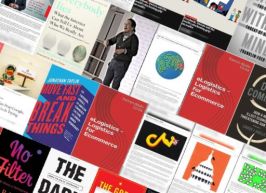

Comment on this summary or Comenzar discusión